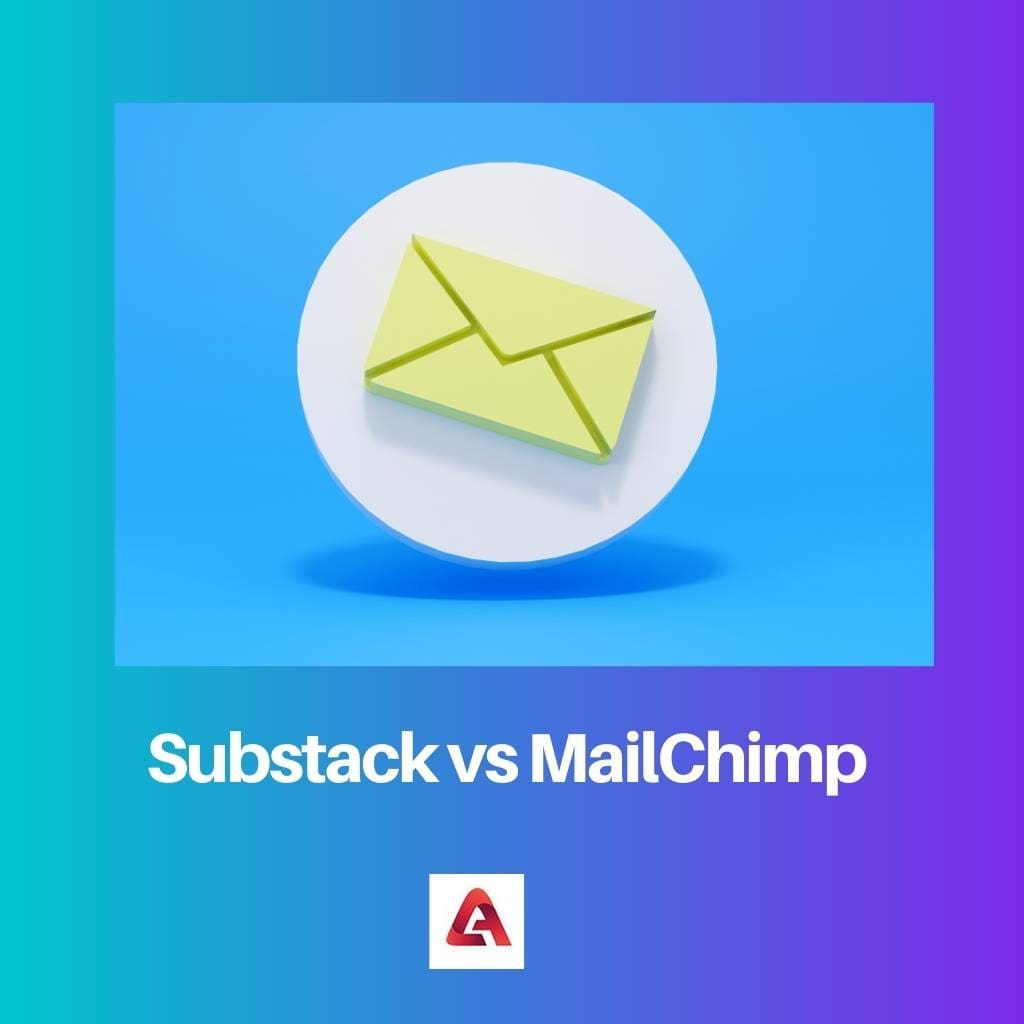As we are moving towards digitalization, digital marketing has become an important concept. It is for various purposes, among which is increasing the reach.
Key Takeaways
- Substack is a platform for publishing and monetizing newsletters, while Mailchimp is an email marketing platform.
- Substack is designed for writers and journalists, while Mailchimp is aimed at businesses and marketers.
- Substack offers a subscription model for readers, while Mailchimp offers a variety of marketing tools such as email automation and A/B testing.
Substack vs MailChimp
The difference between Substack and MailChimp is that Substack is free to use. You don’t have to spend a cent on using it, whereas Mailchimp is not free and sometimes is more costly as you have to pay them more than you earn. Otherwise, they both are different in terms of the number of maximum subscribers, tools, statistics, etc.

Substack is a platform providing several ways to support the subscription newsletter. It was founded in 2017 by Chris Best, Jairaj Sethi, Kik Messenger, and Hamish McKenzie.
Mail Chimp was founded in 2001 by Ben Chestnut and Mark Armstrong, with Dan Kurzius, a platform providing digital marketing through email.
Comparison Table
| Parameters of Comparison | Substack | MailChimp |
|---|---|---|
| Free to use | It is free. | It is not free. |
| Statistics | Have fewer statistics options | Comparatively more options |
| Tools | Offers fewer tools | Offers more tools |
| Suspension | No suspension of account | The Account can be suspended. |
| Maximum Subscribers | More subscribers | Fewer subscribers |
What is Substack?
It is a platform providing an opportunity to make a newsletter. It is a platform to make money in several ways. There you can have paid readers that monetize the newsletter.
Pros:
- It is free. All the tools offered on the platform are free.
- This provides a direct connection, whereas other website acts as a middleman. And as a writer, being in direct contact with the reader is a great advantage.
- An individual can have a custom domain which is great for branding.
Cons:
- There are very few statistics available on the Substack.
- The monetization sources are very limited.
It is a safe platform to use as no information is leaked, but in 2020, Substack sent an email to all the users to inform the change in the privacy policy, which led to the leaking of a few details of the customers.
What is MailChimp?
It was founded in 2001 and provides an email marketing service. It allows talking and managing any interested party, such as customers.
Pros:
- It gives very large statistics about the audience.
- There are many tools available in Mailchimp, such as several email templates, making of own landing page, and several premium designs.
Cons:
- It is not free and is a paid platform. It is much more costly unless you are earning a good amount.
- A minor mistake can lead to the suspension of the account, and the company will not give any justification for suspending it.
Although it is a good platform to use and connect with the customer, sometimes, the company suspends the account, and you lose everything.
Main Differences Between Substack and MailChimp
- A substack account cannot be suspended easily without any major reason or by the individual by itself, whereas a Mailchimp account can be suspended on a minor mistake, and the company does not justify the reason also.
- Substack has more maximum followers, whereas Mailchimp has very few maximum followers.
- https://ijc.ilearning.co/index.php/TMJ/article/view/323
- https://pdfs.semanticscholar.org/0939/31d5c512eec23daf199b78c00bacadf9c2bf.pdf
- https://www.igi-global.com/chapter/research-methodologies-data-collection-and-analysis-at-mailchimp/132913
- https://www.sciencedirect.com/science/article/pii/S0262407921006515
- http://sk.sagepub.com/cases/substack-and-newsletter-boom-when-does-platform-become-publisher


